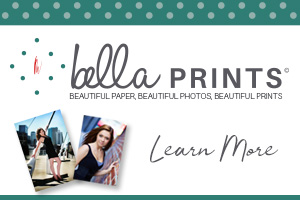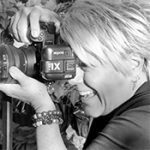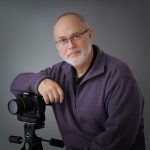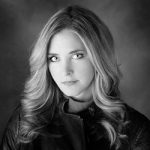It is rodeo season in the Pacific Northwest and time to capture exciting action and beautiful horses. Cowboys and cowgirls from across the country dress in their western best to compete in these wild west action shows. The athleticism and courage is second to no sport. Watching, and certainly photographing it, is much more enjoyable and successful if you understand what is going on.
Rodeos usually begin with spectacular opening ceremonies with fast riding rodeo queens, horseback drill teams, and even fireworks. Between events there is often entertainment from the rodeo clown, the announcer, or even visiting acts such as trick riders. Lots of opportunities for remarkable images.
There are nine events in rodeo: bareback, barrel racing, breakaway roping, freestyle bullfighting, bull riding, Saddle bronc, steer wrestling, team roping, and tie-down. Today we will just talk about steer wrestling (sometimes called bulldogging). I’ll put some great source information at the end of this if you’d like to learn more about the sport of rodeo and all of its disciplines.
The concept seems straight forward enough: jump from a horse, grab a steer by the horns and wrestle it to the ground, stopping the clock as quickly as possible. Easily said, not easily done. Timing, technique, strength and the horsemanship of the hazer, who guides the steer in a straight path for the cowboy, are the primary factors of this popular, historic rodeo event.
A contestant’s goal is to post the fastest time in his or her event. In steer wrestling and roping events, calves and steers are allowed a head start. The competitor, on horseback, starts in a three-sided fenced area called a box. The fourth side opens into the arena.
A rope barrier is stretched across that opening and is tied to the calf or steer with a breakaway loop. Once the calf or steer reaches the head-start point – predetermined by the size of the arena – the barrier is automatically released. If a cowboy breaks that barrier, a 10-second penalty is added.
This image, titled “Now What!?” was created at the Chelan Rodeo and was accepted into the 2022 PPA Showcase collection. Gives some perspective to the saying ‘take the bull by the horns’! This cowboy has jumped from his horse and now has to get his feet to the ground and turn that steer.

One issue that you’ll run into with rodeo photography is that there are often sponsor banners all around the arena. It is hard to catch the action without getting that busy background. I got lucky this time with nearly all of the cowboys as well as the chute being blue which was a nice complement to the orange (called red technically) and brown horse colors. The hazer is on our left, and the judge on our right. The judge will lower the flag when the steer is brought to the ground.
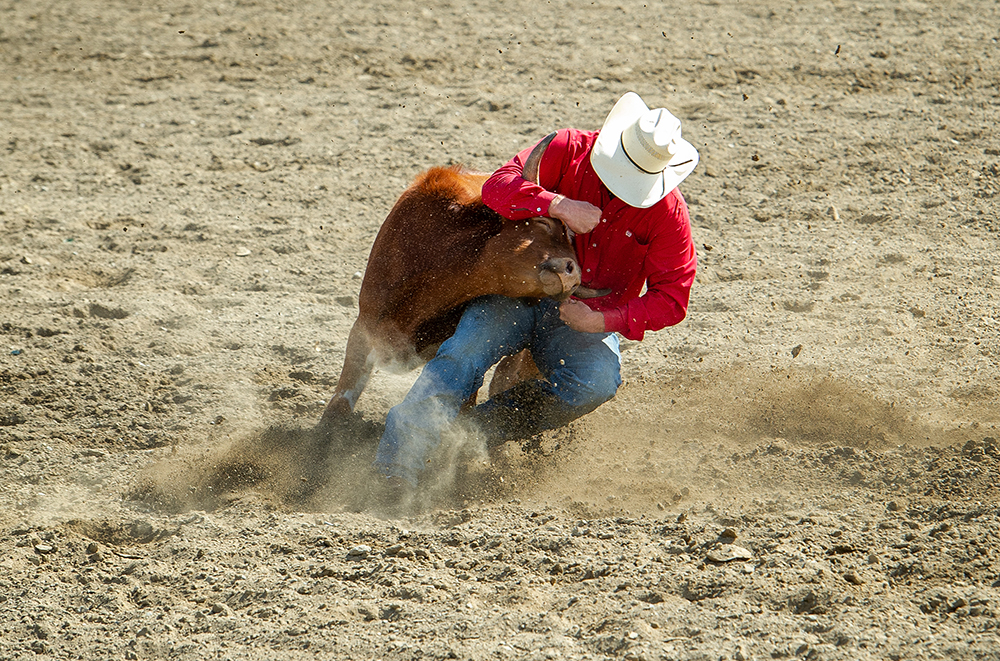
You might try getting up high in the stands and looking down so your background will be mostly dirt if you are in a busy arena or shooting with the widest aperture you can. I also got lucky that Colin’s steer happened to run straight toward me as I wasn’t centered in the arena but off to his left. As I pulled up this image to review my camera info for this blog, I realized I must have been trying to experiment with panning. My settings were 1/250th, at F/2.8 and iso 500 with a 70-200 lens out at 190. Yikes! How did I even get this shot?!

250th is a great speed if you would like to pan with the action, but generally speaking, if you want to stop the action in these high-speed events, 1/1000th or faster is recommended. That means in the evening rodeos that are getting dark, you’ll need a high iso. Flash photography is a no-no.
The rodeo photographers usually photograph timed events from the front of the action, but you can experiment with different locations around the arena. There is always an element of chance as that steer can run in any direction if he gets away from the hazer.
Here is, I think, an interesting capture directly from the side of the steer wrestling. Even though you hardly see the cowboy, you certainly can tell the coordination and speed and teamwork that is happening here. To give you an idea of how fast this all happens, Colin’s time last weekend at Coulee City Last Stand Rodeo was 4 seconds flat! That is from the time the cowboy leaves the chute, till the steer is on the ground. Wow!

PRCA Rodeos are akin to the NFL for football. Rodeo photographers for the PRCA must have a PRCA card and be an approved PRCA photographer. They are allowed into the arena during competition and usually make their images available for purchase. But if you are looking to start out in rodeo photography, there are many small rodeos across the country and often you can get closer to the action at those smaller arenas.
Arrive early, talk to the rodeo committee or someone in charge to ask where you can photograph from. Sometimes they don’t have a photographer and are enthusiastic to give you a great spot, possibly in trade for some advertising images. Be conscientious if you’re near the action in timed events that horses and steers see EVERYTHING. Don’t make any sudden moves if they’re heading your way to cause them to change their course and affect the event outcome.
Here’s some additionl informemation that will help you learn. Happy shooting!
Rodeo 101: www.columbiarivercircuit.com
For NFR information and standings: www.prorodeo.com
Some interesting rodeo photographers:


